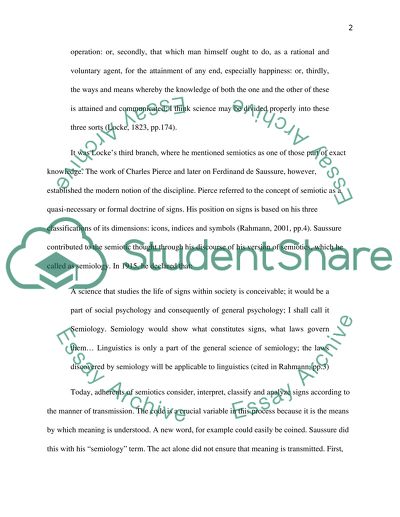Cite this document
(“Semiotic is a discipline, which can provide a unified framework for Essay”, n.d.)
Semiotic is a discipline, which can provide a unified framework for Essay. Retrieved from https://studentshare.org/information-technology/1467871-semiotic-is-a-discipline-which-can-provide-a
Semiotic is a discipline, which can provide a unified framework for Essay. Retrieved from https://studentshare.org/information-technology/1467871-semiotic-is-a-discipline-which-can-provide-a
(Semiotic Is a Discipline, Which Can Provide a Unified Framework for Essay)
Semiotic Is a Discipline, Which Can Provide a Unified Framework for Essay. https://studentshare.org/information-technology/1467871-semiotic-is-a-discipline-which-can-provide-a.
Semiotic Is a Discipline, Which Can Provide a Unified Framework for Essay. https://studentshare.org/information-technology/1467871-semiotic-is-a-discipline-which-can-provide-a.
“Semiotic Is a Discipline, Which Can Provide a Unified Framework for Essay”, n.d. https://studentshare.org/information-technology/1467871-semiotic-is-a-discipline-which-can-provide-a.


